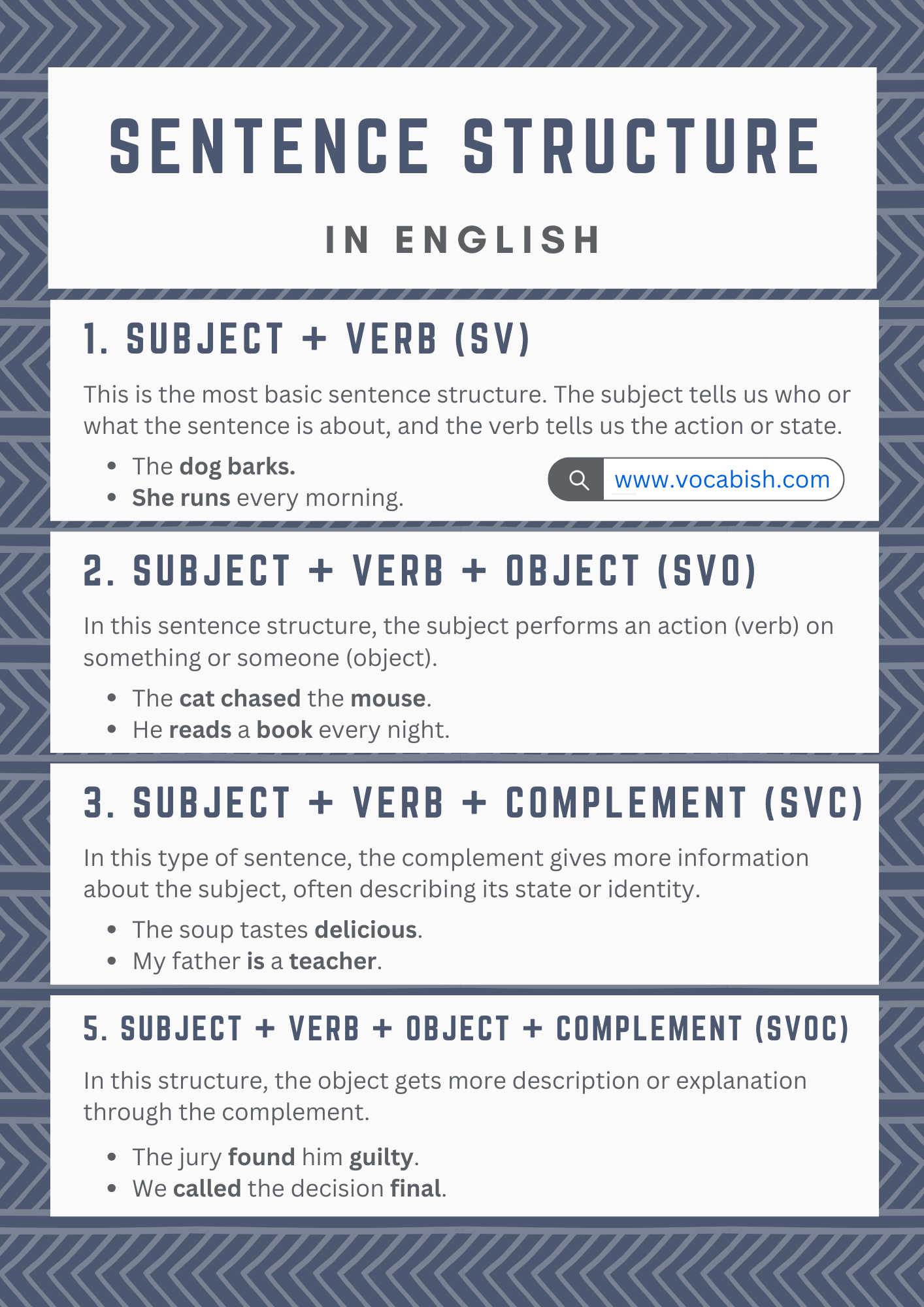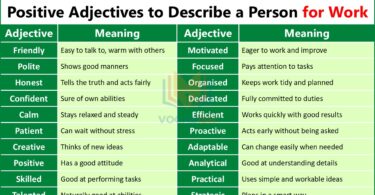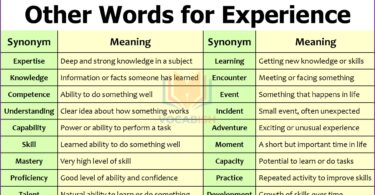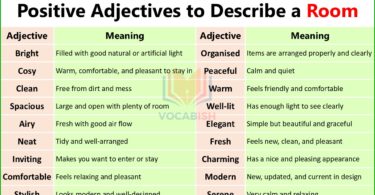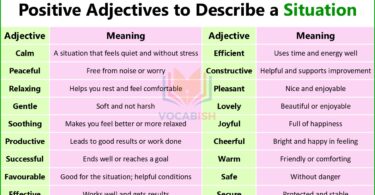In this lesson, we are going to learn about basic sentence structure in English. Every sentence needs to follow a certain structure to make sense. The basic structure of a sentence consists of a subject (who or what the sentence is about) and a predicate (what the subject does or is). Understanding how to build sentences correctly will help you communicate clearly and avoid mistakes when writing or speaking.
In this lesson, we will explore simple sentence structures and how to create meaningful and correct sentences. By the end of this lesson, you will be able to:
- Identify the parts of a sentence.
- Create grammatically correct sentences.
- Avoid common sentence structure mistakes.
Let’s start learning!
Sentence Structure in English
1. Subject + Verb (SV)
This is the most basic sentence structure. The subject tells us who or what the sentence is about, and the verb tells us the action or state.
Examples:
- The dog barks.
- She runs every morning.
- John is happy.
2. Subject + Verb + Object (SVO)
In this sentence structure, the subject performs an action (verb) on something or someone (object).
Examples:
- The cat chased the mouse.
- He reads a book every night.
- They watch the movie together.
3. Subject + Verb + Complement (SVC)
In this type of sentence, the complement gives more information about the subject, often describing its state or identity.
Examples:
- The soup tastes delicious.
- My father is a teacher.
- The sky became dark.
4. Subject + Verb + Indirect Object + Direct Object (SVOO)
Here, the subject does something to someone (indirect object) and something (direct object). The indirect object is the person who receives something.
Examples:
- She gave him a gift.
- My teacher taught us a new lesson.
- They sent her a letter.
5. Subject + Verb + Object + Complement (SVOC)
In this structure, the object gets more description or explanation through the complement.
Examples:
- They considered the project successful.
- The jury found him guilty.
- We called the decision final.
Mastering sentence structure is a key step in learning English. Whether you are forming short or complex sentences, understanding how to arrange words correctly will improve both your speaking and writing skills. Now that you know the basic sentence patterns, practice creating your own sentences and see how much better your English will become!
Read More


